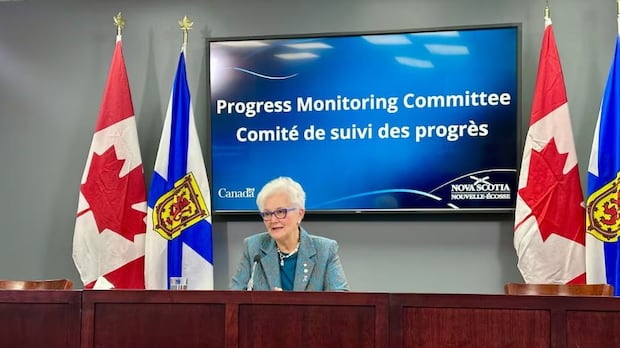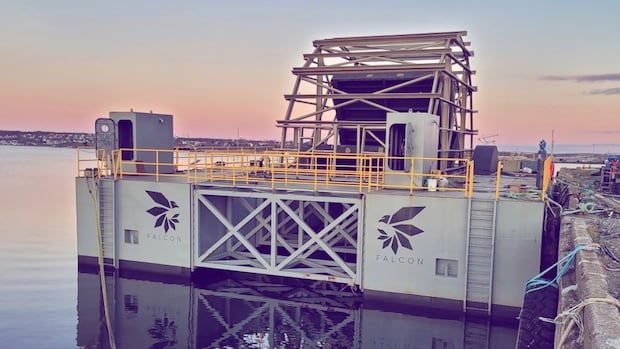Halifax firefighters outline challenges, lessons learned in Upper Tantallon fire

Halifax firefighters walked city councillors through their analysis of last year’s devastating wildfire in Upper Tantallon and Hammonds Plains on Tuesday.
The fire that broke out on May 28, 2023, in the suburbs outside Halifax burned more than 900 hectares, forced more than 16,000 people to evacuate and destroyed 151 homes.
Halifax Regional Fire and Emergency spent months conducting a review of what happened and analyzing lessons the department can learn from the fire.
A key concern was that the fire took place in what’s called the “wildland urban interface,” fire Chief Ken Stuebing told council.
That’s where homes in often suburban or rural areas abut large stands of forest, which presents particular challenges for the Halifax department because forest fires require different firefighting tactics than house fires, Stuebing said.
“I’m a structural firefighter and we are a structural fire department, and this concern is being felt right across the world that structural fire departments are being asked to respond and are in fact responding to incidents historically they have not responded to,” he said.
As an example, Stuebing told councillors his department does not have access to water bombers, although air support did come by way of the provincial Department of Natural Resources and Renewables.
Coun. Pam Lovelace, who represents the area affected by the wildfire but is running for mayor in the upcoming municipal election, asked about the process for bringing Natural Resources firefighters into the situation.
“The importance of having that relationship with the province and Department of Natural Resources is paramount because they have the big tools, they have the helicopters, they have the expertise,” Lovelace said.
Stuebing said the first Halifax regional fire teams called for DNRR support quickly and Natural Resources representatives were in the command post on the evening of May 28, before the provincial department took over command of the scene at 7 a.m. on May 29.
He said it’s standard practice for the first responding agency to maintain command until there’s a reason to change it.
‘We had people trying to swim upstream’
Stuebing also told councillors that even though the first regional crew was on scene less than 10 minutes after the fire was reported, other crews were challenged to get there quickly due to the geography of the municipality and the wide spread of the fire.
“I got in my car and started driving and it took me an hour and a half to get there with lights and sirens,” he said.
The A. Murray MacKay Bridge, one of two spans over Halifax harbour, was closed that weekend for maintenance, Stuebing pointed out.
“So all the bridge access was going over one bridge or driving around the bridges. People were obviously leaving the area because the evacuation was in flight.
“We had people trying to swim upstream, so to speak, to respond to that incident.”
The fire service report said the blaze spread from the initial structure to 22 more structures within an hour. Nearly 130 buildings caught fire within the first four hours.
The report, which is separate from reviews conducted by the municipality and the province, suggested 56 ways to improve, including creating a response plan that better outlines who’s responsible for what.
Stuebing also told council work is underway to review all Halifax fire service policies by the fall. As well, the service is purchasing new specialized trucks for fighting wildfires and new technology that can detect and monitor small fires before they spread.




